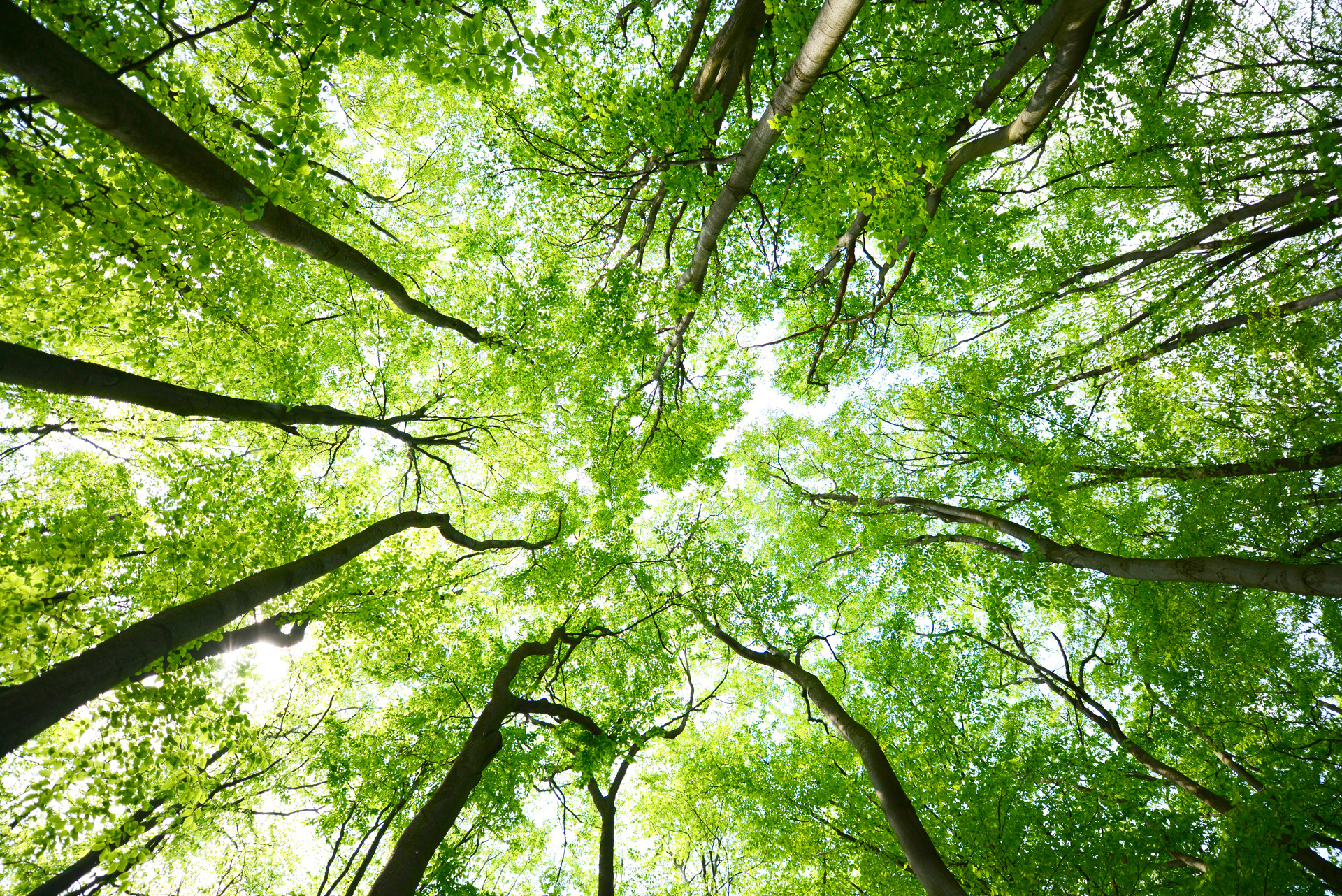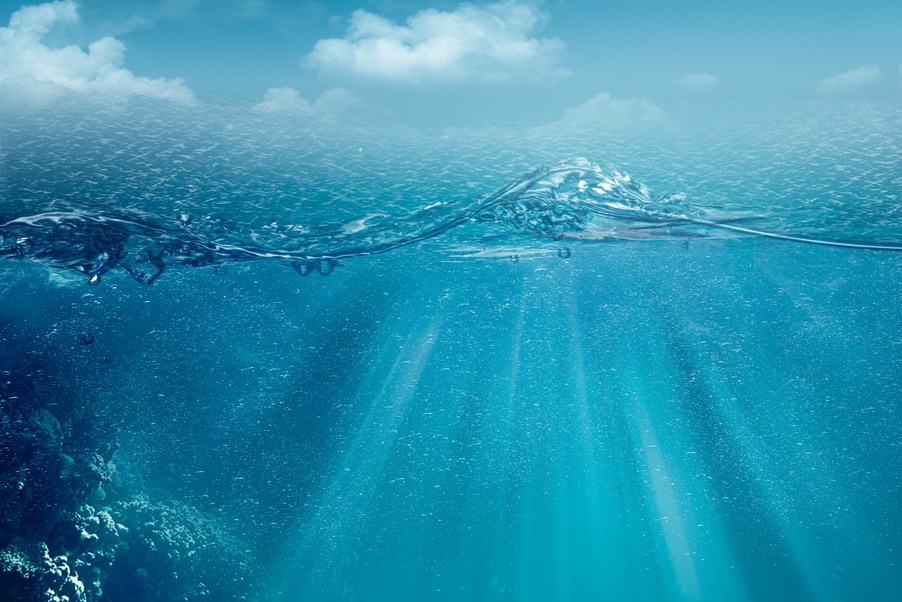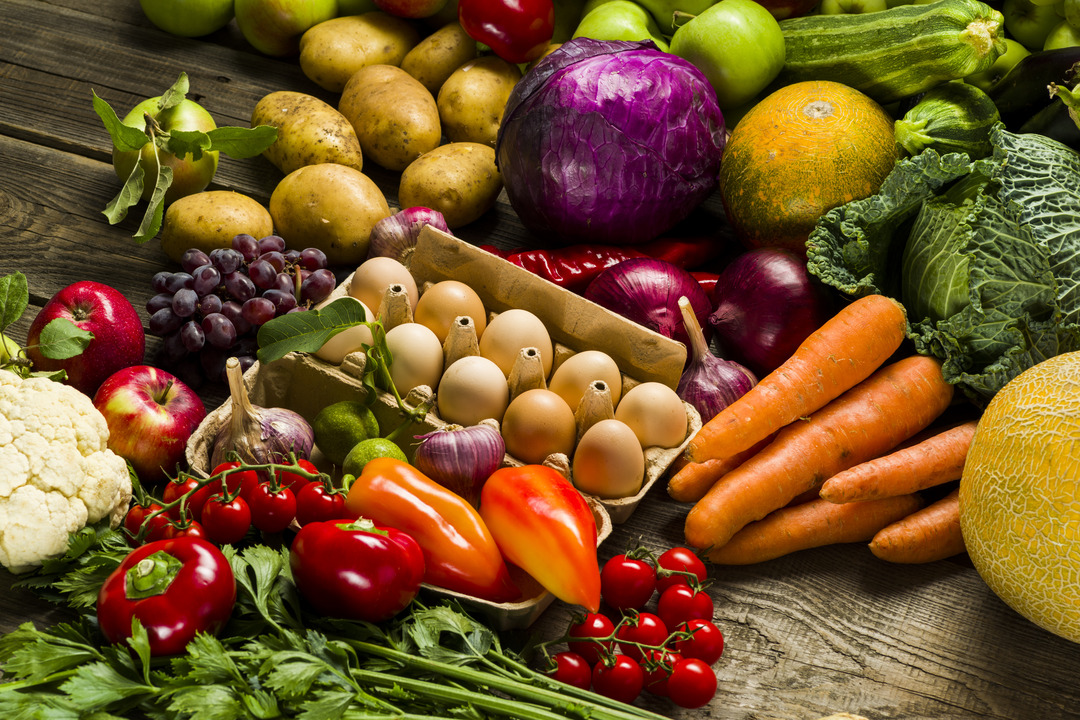
Climate-neutral and circular products
When selecting products, knowledge about the carbon footprint is becoming increasingly important – both for us and for our customers. Our aim is to continuously reduce the PCF and thus our products’ negative impact on the climate. In a cradle-to-gate assessment, the PCF results from:
- Emissions from our own processes (Scope 1)
- Emissions from purchased energy (Scope 2)
- Emissions from purchased goods, upstream transport and waste generation (Scope 3)
As a company, we can directly influence our Scope 1 and Scope 2 emissions in particular. With our strategy for climate neutrality in 2040, we have set ourselves ambitious targets in this area (see “Climate Action and Energy Efficiency”). Much more important for the PCF than the Scope 1 and Scope 2 emissions are often the Scope 3 emissions of purchased goods, i.e. our raw materials. In chemical production, they often account for more than 50% of the PCF. We are therefore placing a strategic focus on the purchase of sustainable raw materials with a reduced carbon footprint. The transformation away from conventional, often fossil-based raw materials towards renewable resources not only leads to a reduction in greenhouse gas emissions, but also makes our value chains less dependent on certain limited resources (see “Circular and Sustainable Sourcing”).
LANXESS products are sold almost exclusively to industrial customers. Only they or customers even further downstream use them to produce end products for a wide range of markets. For example, automotive suppliers use our high-performance plastics in components for lightweight automotive construction, which are ultimately built into vehicles by car manufacturers. Our chemical end products, which remain unchanged in the further value chain, are only processed into end products by our customers. With regard to completing cycles, this means that there are sometimes very long periods between production and the end of our products’ lifecycles. As a first step, we are therefore focusing on what we as a company can control: We are working to ensure the “recyclability” of all our products so that they are suitable for environmentally friendly recycling. In order to understand which “recyclability” requirements to impose on our products, it is important to analyze the function of our molecules in their final use and in which cycles (biological or technical) they circulate.






